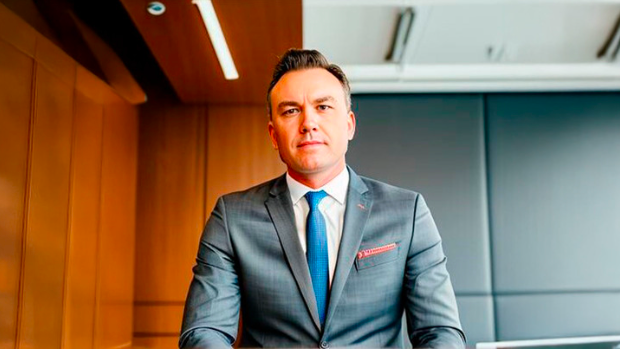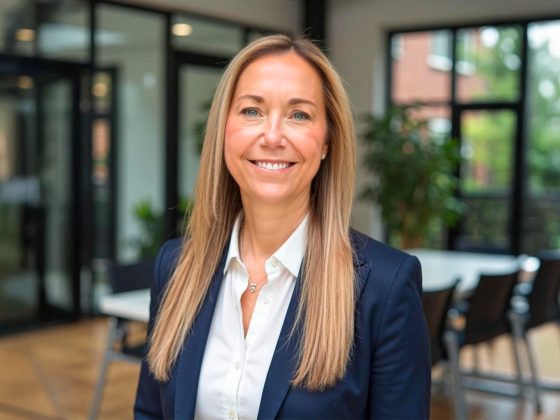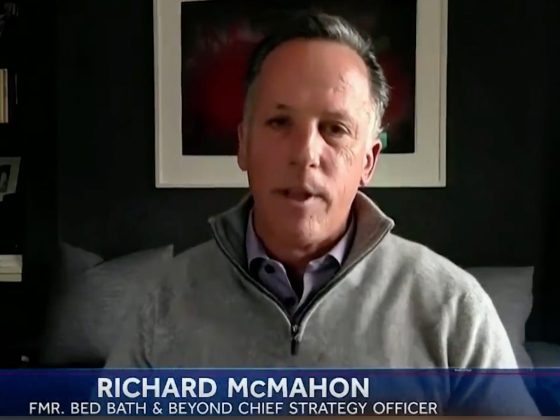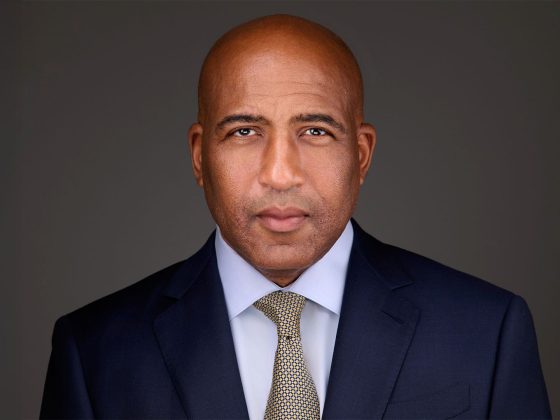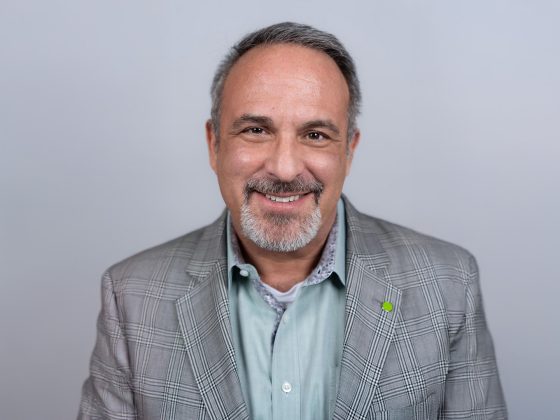Running several companies simultaneously isn’t for the faint of heart. The constant juggling of priorities, resources, and time can overwhelm even seasoned business owners. Yet some entrepreneurs thrive in this complex environment. Brad Burns has built Burns Holdings into a diverse portfolio of businesses operating throughout St. Louis and beyond. His approach combines opportunistic thinking with disciplined execution, allowing him to spot gaps in various markets while maintaining focus across multiple operations.
When You See Opportunity, How Do You Execute It?
Brad doesn’t overthink which industries to enter. He simply follows where the money is. “Market opportunity and economic landscape” drive his decisions, but it’s rarely about sticking to what he knows.”The signage company was just a situation where we saw an opportunity where somebody was undervaluing their skills and knowledge,” Brad explains. No complicated formula there, just recognizing someone who didn’t realize their worth.Then there’s his seafood venture. “There was a gap in the market,” he says simply. Same with the hardscapes and pool business. “There was a backlog of work in the St. Louis area. Decided to take an opportunity and see if we could maximize our return on a small investment in the pool vertical as well.”
Cash flow is one of the first things Brad focuses on when launching something new. He’s learned the hard way about “managing your overhead and your costs on the front end.” But money is only part of the equation. Brad spends just as much time thinking about “developing a really tight-knit process so everything has a flow.”He can’t stand bottlenecks, those points where one person or task can bring operations to a halt. That’s why he’s always “managing your KPIs” and staying focused on the metrics that matter.
Managing Investment Opportunity
Brad has seen plenty of entrepreneurs flame out by going too big, too fast. “Don’t go all in and not necessarily have a plan,” he warns. He’s a strong believer in setting “guardrails”, clear boundaries that keep you from “over-kicking your coverage.” It might not be flashy advice, but it has helped him survive and scale across multiple ventures.
Over the past decade, he has built a network of trusted experts. “One of the critical things that has really helped me out over the past 10 years is building a team of experts that can easily help us navigate various things,” he explains. He relies on the usual professionals, “CPAs, accountants, lawyers, advisors” , but also emphasizes the value of strong internal teams.”Having a strong team is really the critical element to being successful,” Brad insists. But he’s not looking for yes-men. He needs people who can “take your ideas and your goals and kind of push into the next level and bring that idea to market.” In short, people who can execute when he’s not in the room.
Building Without Distraction
Brad avoids micromanagement at all costs. “I’ve never been one to micromanage anybody in an organization,” he says, as if it’s second nature. But being hands-off only works when the right systems and people are in place, “the right team,” “internal critical elements,” and individuals who “understand the workflow.”The key is investing time upfront. Brad focuses early on “giving those people the focus and information and training they need on the front end.” His goal is to get new team members to the point where they “can be autonomous” within “three to five months.” After that, they should be pushing each other forward without needing his constant oversight.
None of this is revolutionary. It’s just what has worked for Brad “over the past decade” as he’s grown multiple companies without burning out. His approach is simple but powerful, spot overlooked opportunities, set clear boundaries to avoid overextending, and build strong teams that can thrive without being managed every step of the way.
Follow Brad Burns on LinkedIn to see how he continues building companies with clarity and control.
